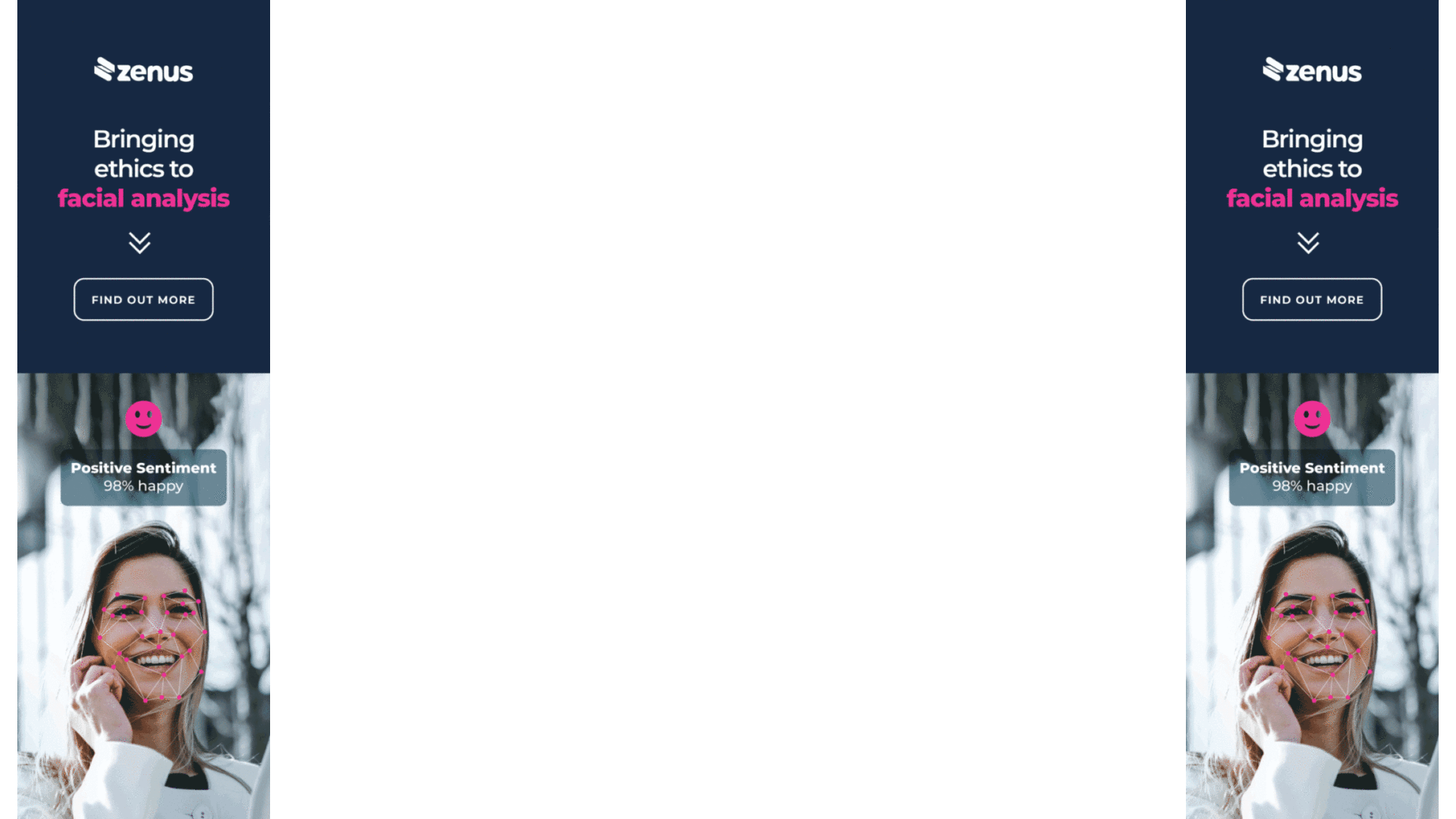What can event and strategy professionals learn from Mobile World Congress 2023 (“MWC”)? Smyle Strategy Director Dax Callner spent three days at the MWC and shares his insights with us:
If MWC 2023 has demonstrated anything, it is that European industry trade shows are back with a vengeance. Huge crowds. Huge exhibits. Huge brand investments across the board.
Crowd management: The GSMA gets it right when it comes to moving massive amounts of people in, out of and around Fira Barcelona. Digital badges and facial recognition scanners made access quick and easy, with additional support provided to help people through secure entry points. People movers making long walks easier from hall to hall (I walked *nearly* 10,000 steps every day, but appreciated these moments of movement while resting my feet). Traditional ‘networking badges’ provided on demand likely reduced waste from these traditionally wasteful tools. I never printed one and was still able to network.
Health considerations: Seem…non-existent. I would say under 1% of people at the show are masked and I saw nothing from the event about health considerations, and there were times when big crowds were in very close contact. I’m not saying this is a problem, but it is notable in the world of events.
Big players, big stands: I can’t think of a large player in mobile or tech who was missing from this year’s MWC. All of the big names were present, and so were many companies I’d never heard of – in some cases with very, very large exhibits. This is another sign that the event industry is recovering post-pandemic. Brands are investing in shows to reach industry audiences.
Invite only / FOMO: Meetings are always an important element of shows like MWC, but it seemed to me on another level this year. Many companies (like our friends at AWS) integrated private meeting spaces into their environments. Some brands (like our friends at Samsung) had dedicated exhibits ONLY for meetings, Samsung’s imposing big black box was a notable investment on the show floor for booked meetings and private demos. They also had an open-access stand for all to visit. Some brands (like our friends at Meta) were off the floor – with meeting rooms and demos designed only for invited guests. On the flipside, some companies (like our friends at Salesforce) hosted open-for-all garden environments to take advantage of the (usually, not so much this year) beautiful Barcelona weather.
Cookie cutter messaging: It’s a real challenge to make a brand message stand out on the MWC show floor. It’s mystifying, then, how little copywriting creativity there was on display at this year’s event. One could travel from booth to booth to booth and see the same bland content about better business and secure cloud, etc. etc. etc., where one brand’s key message could easily be exchanged for another. Not to mention that the vast majority of booth messaging didn’t indicate what the company actually did. This might be fine for the big players but why would someone visit a stand of someone they don’t know without some description of what they actually do?
Sustainability and DEI: I’d argue the two biggest concerns in our industry, and one might suggest even in telecom, are climate and diversity, equity, and inclusion. In my unofficial tally of content and demos tied to sustainability, I’d say around 10% of stands were discussing this critical topic. Some, like the Vonage presence, were all about sustainability, which was appreciated. From a DEI perspective, I’d give mixed reviews based on one white man’s observations. Delegates are heavily skewed men of a certain age, speakers are heavily White and Asian. I did notice support for the hearing impaired provided, which is a move in the right direction. In elevated stands, about half offered ramps for accessibility purposes. This should just be automatic these days, no?
Booth babes: How is this still a thing?
Stunning screens, yawn content: There were some incredible screen displays throughout the event. In particular, the Nokia space (hello, rebrand?!?) used screens to a stunning effect. In many stands with huge, presumably very expensive screens, there wasn’t much to say about the content ON those screens. Seems like a big waste of money to invest in the screen, not the content.
Technology experiences: There is obviously a lot of tech on display at Mobile World Congress – most of it, honestly, sitting on tables or being shown on a screen. But it was the tech experiences that won. SK Telecom, for example, had a VR experience that placed visitors (four at a time) in an in-booth aircraft experience, resulting in massive queues of people desperate to give it a try. Meanwhile, many booths had VR headsets set up but without that experiential pizzazz.
It was a real pleasure to get back into a big show and see what everyone is up to (in addition to our own Smyle work at the event, which was excellent). In my view, there was a lot of good and not good enough. Great to see the industry come back, but there’s room for all to create more interesting, resonant and impactful experiences.










